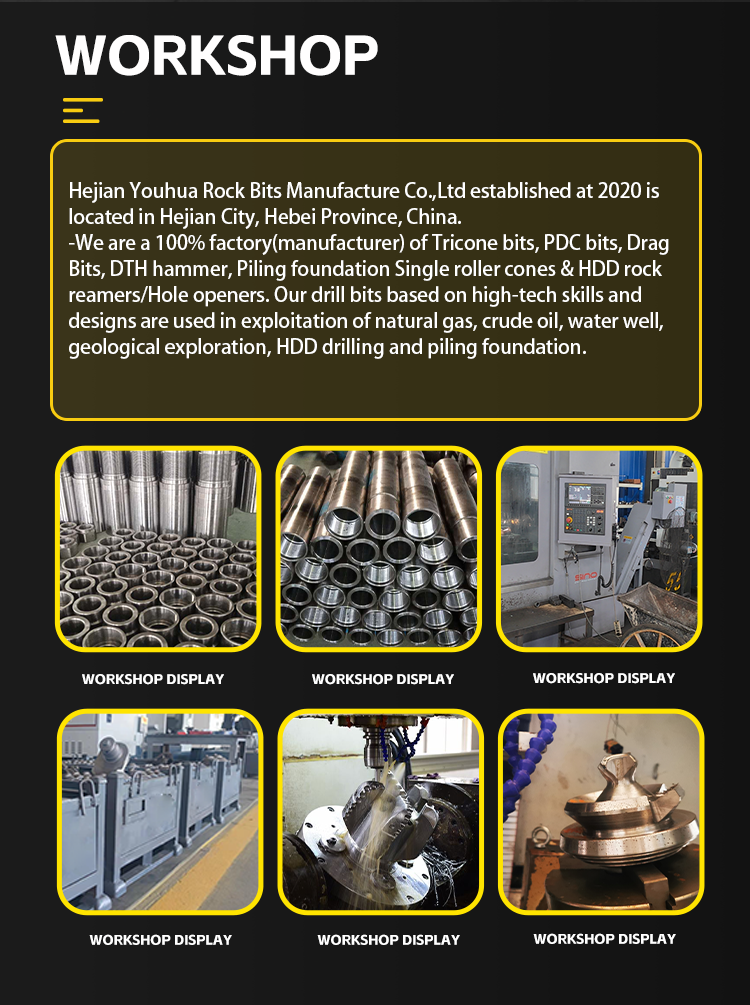The Processing of Metal Plates in a Hardware Manufacturer
In a hardware manufacturer, the processing of metal plates is a crucial step in the production process. The plates are initially cut to size using precision equipment, ensuring that each piece is within the desired specifications. Next, the plates undergo a series of machining processes, such as grinding, polishing, and drilling, to achieve the desired shape and surface finish. Finally, the processed metal plates are inspected for defects and prepared for assembly. The entire process is carefully controlled to ensure that the final product meets the highest quality standards.
The main task of a hardware manufacturer is to process metal materials and produce various hardware products. One of the important processes in hardware manufacturing is the processing of metal plates. This process involves cutting, bending, punching, and other operations to shape the metal plates into the desired product. In this article, we will discuss the processing of metal plates in a hardware manufacturer in detail.

Cutting Process
The first step in processing metal plates is to cut them into the desired shape and size. Cutting can be done using various methods, such as laser cutting, plasma cutting, and waterjet cutting. In a hardware manufacturer, the choice of cutting method depends on the type of metal plate being processed and the desired precision of the cut. For example, laser cutting is often used for processing thin metal plates that require high precision cuts.
Bending Process
After cutting, the metal plates undergo bending to shape them into the desired curvature. Bending can be done using press brakes or roll bending machines. The choice of bending method depends on the material being processed and the desired shape of the bend. For example, press brakes are commonly used for processing steel plates that require precise bending angles.

Punching Process
Punching is another important process in processing metal plates. It involves using a punch press to create holes or slots in the metal plates. Punching can be done before or after bending, depending on the desired product shape. For example, if a product requires holes to be drilled in a curved surface, punching will be done before bending.
Other Processes
In addition to cutting, bending, and punching, there are other processes that may be used in processing metal plates, depending on the desired product shape and material properties. These processes may include grinding, polishing, and coating to enhance the surface finish and protect the material from corrosion.

Quality Control
Quality control is crucial in processing metal plates to ensure that the products meet the desired specifications and standards. Quality control measures may include inspecting the material for defects, measuring the precision of cuts and bends, and testing the product for mechanical properties and thermal stability. By implementing effective quality control measures, manufacturers can ensure that their products are of high quality and reliable for their intended applications.
In conclusion, processing metal plates is a crucial step in hardware manufacturing that involves various operations such as cutting, bending, punching, and other processes to shape the material into the desired product. By implementing effective quality control measures, manufacturers can ensure that their products are of high quality and reliable for their intended applications.
Articles related to the knowledge points of this article:
Title: Exploring the Export of Iron Nails from Shanwei Hardware Suppliers to International Markets
Title: Exploring the World of Nordic Lighting Hardware Manufacturers: A Guide to Their Locations
Zhengzhou Hao Gao Metal Products Manufacturer: A Comprehensive Review
Title: Exploring the Comprehensive Shantou Domestic Hardware Manufacturers Pricing List
Cixi Wiring Terminal Hardware Manufacturers: A Review of Their Products and Services



